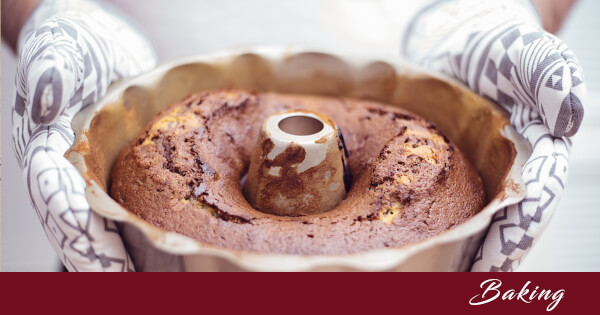Fairy floss. A magical name for a delightful, wispy spun-sugar delicacy. As early as the fifteenth century, chefs in Italy made spun-sugar desserts. But being a very labor-intensive process, the sweet wasn’t cheap and so could only be enjoyed by the rich. It wasn’t until 1897, here in Tennessee, an affordable modern equivalent spun into being.
The Background
Ironically, it began with a dentist. Dr. William Morrison, who also happened to be an inventor, a scientist, and a children’s book author, worked with his friend and fellow inventor, John C. Wharton, a Nashville candymaker, to invent an electric machine that made a sweet treat they called Fairy Floss.
Several years later, the two men introduced Fairy Floss—and the machine that created it—to people attending the 1904 Louisiana Purchase Exposition, also known as the St. Louis World’s Fair. It proved to be an instant hit. How big of a hit? During the seven months of the fair, they made just over $17,000. That’s over half a million dollars today!
The Name Change
The men’s Electric Candy Machine Company built and sold many candy machines after its introduction at the world’s fair. The machine’s patent meant the men had a lock on the market for almost twenty-five years. When the patent expired, another dentist and inventor, Dr. Josef Lascaux, got in on the act. In 1921, he created a similar machine but called his confection cotton candy because it looked like the cotton growing in the Louisiana fields. His name for the candy stuck. By the late 1920s, the name cotton candy had almost completely replaced fairy floss.
What’s in a Name?
In the U.S., it’s called Cotton Candy, but Australia and Finland still call it Fairy Floss. In England, Ireland, Egypt, India, New Zealand, Sri Lanka, and South Africa it’s called Candy Floss.
Other countries have more descriptive names for this sugary goodness.
- Papa’s Beard – France
- Sugar Spider – Netherlands
- Old Ladies’ Hair – Greece
- Grandma’s Hair – Israel
- Dragon’s Beard – China
The Day
Various tweaks over the years improved the cotton candy-making machine. The most important improvement came in 1972 with the creation of a machine that fully automated the process—both manufacturing and packaging.
If you were born before this automation, you probably have fond memories of enjoying the treat at special events, such as a fair or the circus. Its popularity even led to “National Cotton Candy Day” celebrated each December 7.
If you missed the holiday this year, don’t panic. Nowadays, you can buy cotton candy in most grocery stores. So, grab a bag and celebrate. It’s never too late for cotton candy.
Did You Know Cotton Candy Fun Facts
- DYK a human hair is thicker than a thread of cotton candy?
- DYK the longest cotton candy was just over 4,593 feet long? (That’s almost thirteen football fields.)
- DYK a can of soda has more sugar and calories than a typical bag of cotton candy?
- DYK cotton candy doesn’t contain fat, cholesterol, or sodium?
- DYK the cotton candy sold at the 1904 St. Louis World’s Fair was plain white and not flavored?
- DYK for decades cotton candy came in only two colors—pink and blue—and they are still the most popular? (The flavors are pink vanilla and blue raspberry.)
- DYK Gold Medal Products, a company that jumped into the cotton candy business in 1949, created the blue raspberry flavor in 1958.
- DYK the largest cotton candy producer for sale in grocery stores is Tootsie Roll, Inc.?


Very interesting! I like the name Cotton Candy best! Can’t imagine eating something called ‘hair’ or ‘beard’.
Thanks. I completely agree. Lol
What an interesting fact! Thanks for sharing
Thanks, Shelia. I thought it was pretty interesting, too.